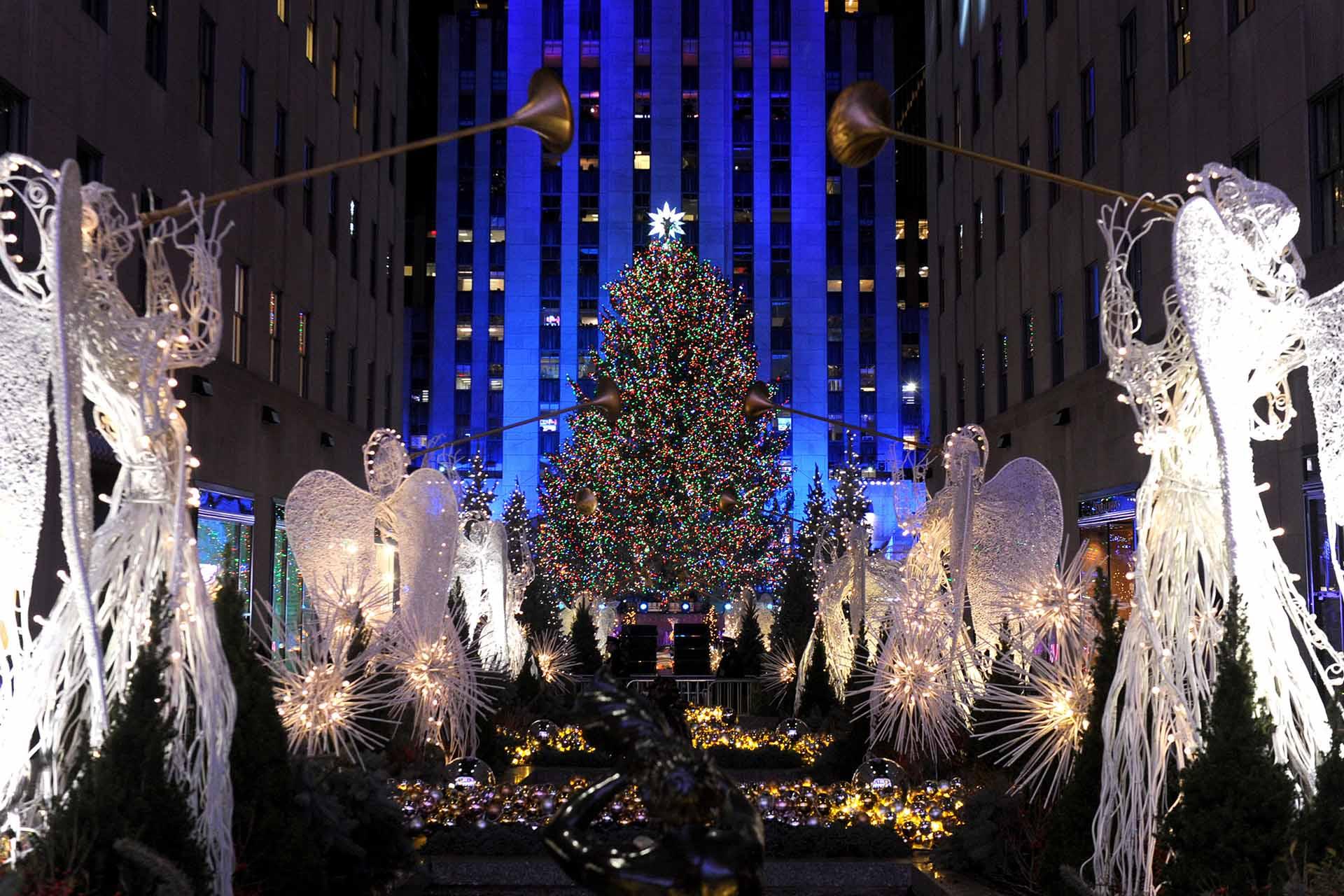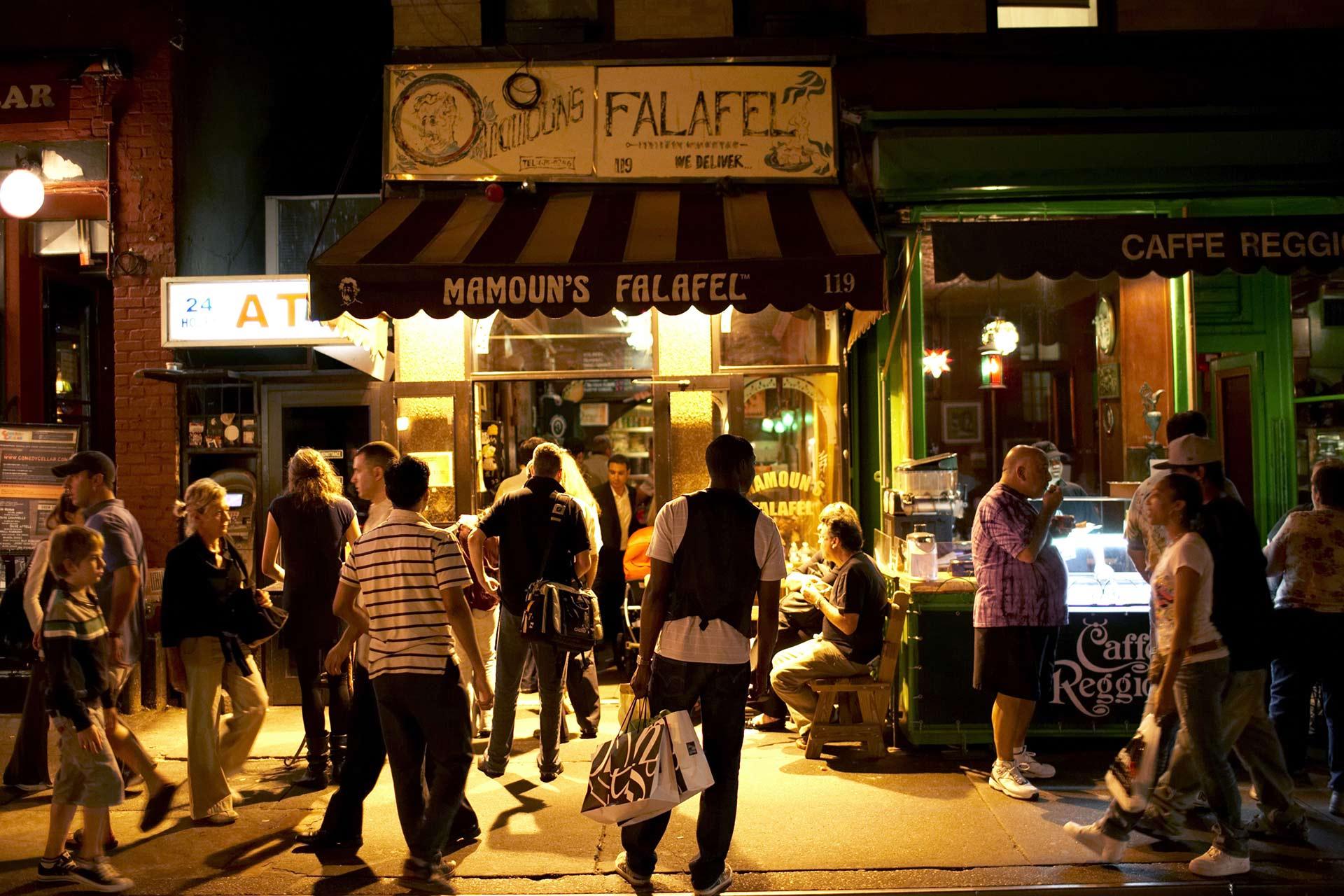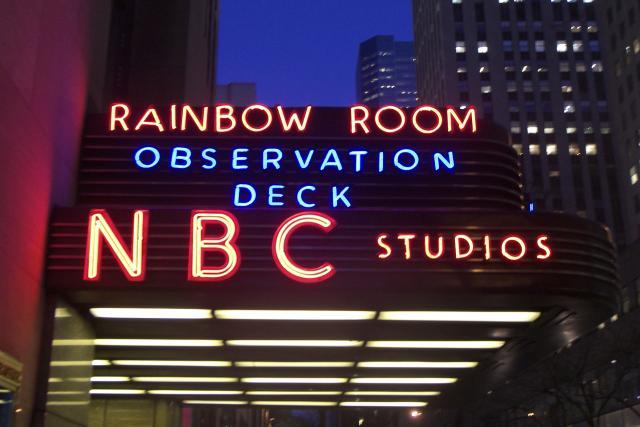The energy of Washington Heights is unlike anywhere else in NYC. One moment you’re enjoying the serenity at the Met Cloisters overlooking the Hudson River. Turn the corner on Audubon Avenue and you may stumble upon a barbecue-fueled pool party at which a family is trying to cool down during a sweltering summer day.
The neighborhood gets a lot of that vibrancy from its mix of residents. Nestled atop the hills of northern Manhattan, this was one of the last areas in the borough to be developed. Up through much of the 1800s, the largely rural space held country homes of Manhattan’s elite. But as it developed, Washington Heights always made room for immigrants: Irish, Armenian, Jewish, African American, Cuban, Puerto Rican and Dominican populations have all planted roots here.
The last of those—the largest community in Washington Heights—started coming in the 1960s and ’70s after Dominican President Balaguer began easing emigration restrictions. In fact, Dominican culture is so prominent in Washington Heights and neighboring Inwood that there is a designated Little Dominican Republic spanning the neighborhoods. Read on for where to find Latino culture in the Heights.

Photo: José A. Alvarado Jr.
Day 1: Friday
Kicking off the morning at a local panaderia (bakery) with a nice cafecito (a strong, sweet Cuban espresso drink) is the proper way to prepare for a day exploring the neighborhood. Head to Floridita Bakery on Broadway for one of those cafecitos or a fresh fruit juice and some Caribbean delicacies. This Cuban-owned shop has been a neighborhood anchor for decades and is known for its croquetas de pollo (if you’re lucky, you’ll catch the ham croquettes before they are gone), rellenos de carne, pasteles de guayaba y queso and tostadas. It opens at 7am and often has a line out the door.

Photo: José A. Alvarado Jr.
Take a stroll over to J. Hood Wright Park and find the George Washington Bridge lookout point in its northwest corner. Open your bag of goodies, take a seat and enjoy the view. In homage to the park’s vantage point, the playground has a scaled-down version of the bridge as part of its climbing equipment.

Photo: José A. Alvarado Jr.
Head back to Broadway down 175th Street and you’ll find yourself face-to-face with United Palace. One of the original Loew’s “Wonder Theaters”—five lavish movie palaces that opened in the NYC area in 1929 and 1930—it now serves as a church and an arts venue whose interiors rival those of the Waldorf Astoria. You might recognize it from TV shows such as Quantico and films like John Wick 3: Parabellum. It was saved from demolition in the 1960s and has since become a cornerstone for Latino cultural programming, including the Dominican Film Festival and Ballet Hispánico performances.

Photo: José A. Alvarado Jr.
La Plaza de las Americas, right in front of the theater, is a quaint square where the community gathers daily. You might find elders dancing to salsa classics and merchants selling fresh fruits and veggies or even secondhand goods.
Once you’ve worked up an appetite, head to Luisa Chimi, on St. Nicholas Avenue, for a quick bite. This takeout-only spot is a neighborhood favorite for Dominican burgers called chimis (chee-mee), yaroas (mashed or fried root vegetables topped with meat and cheese) and natural juices. The classic chimi de res (ground beef) or pernil (marinated pork leg), with a side of fries and a natural chinola (passion fruit) juice, makes a worthy meal.
A walk along St. Nicholas and east toward Audubon and Amsterdam Avenues gives a true sense of the community feel. It’s a place where everyone knows one another and the older ladies of the area will stop anyone, even visitors, if your shoelaces are untied because “te vas a caer” (you’re going to fall). Miss Rizos Salon, a Dominican-owned salon dedicated to the care and maintenance of natural curls, is a relatively new local landmark—an offshoot of the main branch in Santo Domingo, Dominican Republic.

Photo: José A. Alvarado Jr.
To close out the night with good vibes and even better food, head to La Casa Del Mofongo, on St. Nicholas Avenue between 182nd and 183rd Streets. They serve a variety of mofongos (mashed green plantains) and tropical cocktails, and have live music on weekends. First-timers should try the mofongo with shrimp—the sauce is a true gift.

Photo: José A. Alvarado Jr.
Day 2: Saturday
Head to Malecon on Broadway for prime sidewalk people-watching. Though it is best known for its smoky rotisserie chicken, go for the mangú tres golpes, a traditional Dominican breakfast consisting of mashed green plantains, fried eggs, salami and fried cheese, topped with sauteed red onions. Accompany it with a glass of morir soñando (translation: “to die dreaming”), a creamy combination of fresh orange juice, evaporated milk, a dash of sugar and ice.

Photo: José A. Alvarado Jr.
Next, head up Fort Washington Avenue to Fort Tryon Park, where you can put a blanket down, lie on the grass and take in the magnificent views of the Hudson. If you’re up for an adventure, set out to find the arches of the Billings Arcade, the remnants of historic Tryon Hall. Also worthwhile: a visit to the Met Museum’s medieval branch, The Cloisters, which sports beautiful walkways, gardens and, of course, medieval artifacts and reliquaries.

Photo: José A. Alvarado Jr.
Back on St. Nicholas and 175th Street, Lola Lola serves up an eclectic mix of Latino-Mediterranean dishes with seafood as the focal point. Try the seafood paella or check out the platillo especial, with chicken, salmon and shrimp in a tomato cream sauce.

Photo: José A. Alvarado Jr.
For lighter fare and a more mellow vibe, there’s Manolos Tapas, on Broadway. This authentic Spanish-style tapas bar has plenty of ambience, with decor to match. Step inside the dimly lit locale, where brick archways make way for flowing barrels of wine and small shared plates of traditional Spanish fare. This cash-only spot has been featured in Law & Order: SVU (the official badge of New York–hood). Try the tortilla Española, chorizo al jerez or vegan-friendly paella vegetariana de la huerta. The Spanish influence is sealed with homemade sangria, authentic Spanish cocktails and bottles of Rioja.
Because it’s the Heights, the night is still young. For an iconic neighborhood photo opportunity, go to the entrance of the 1 train tunnel at 191st and Broadway. This 900-foot-long tunnel is filled with colorful murals and sits at the top of the deepest subway in New York City (you travel down 18 stories via elevator to take the train here). Nearby, Locksmith, a neighborhood bar on Broadway, serves up frozen Henny coladas, margaritas and mojitos along with specialty beers and lomo saltado—Peruvian steak accompanied by fresh-cut fries and white rice.

Photo: José A. Alvarado Jr.
For after-hours nourishment, look no further than Tu Cachapa. Open until 4am on weekends, it's a great spot for traditional Venezuelan street food such as arepas, patacones (sandwiches with plantain buns) and maracucha (Venezuelan burgers). Its namesake, the cachapa, stacks two sweet corn cakes filled with your choice of meat and cheese; go for the one with shredded chicken, and make sure to get it with everything, including the delicious pink sauce of ketchup and mayo.
Day 3: Sunday
Start your last day in Washington Heights by resetting with a caffeinated brew (or fresh juice) from Green Juice Café. This is not your typical bodega coffee spot: you can get an Americano, drip coffee or frothy white mocha and pair it with creative pressed breakfast sandwiches like the Super Cheesy, a peppery, triple-cheese panini.

Photo: José A. Alvarado Jr.
Go down to Highbridge Park and take a walk back and forth on the High Bridge. The steel arch bridge—the oldest existing span in the City—reopened in 2015 as a pedestrian bridge after years of closure; its view of the East River views are expansive. Continue your neighborhood parks’ tour by heading west to Fort Washington Park. The entrance at 181st Street and Riverside Drive has a walking path that takes you over the Henry Hudson Parkway and down a winding road beneath the George Washington Bridge, where you’ll find the Little Red Lighthouse. It’s a lovely place for a color-blocked selfie or to watch the sunset in the late afternoon.

Photo: José A. Alvarado Jr.
If you’re still within brunch hours (and have any remaining energy), celebrate by heading to Zoe Restaurant & Lounge. Menu headliners include the tilapia Frances and the Latino-style steak and eggs, along with two hours of unlimited sangria, mimosa and Henny punch. Come back some time during dinner hours for crispy ravioli stuffed with ropa vieja (shredded beef), spinach and cheese; scallops a la plancha; and their Latino-Italiano salad, emblematic of their fusion approach.

Photo: José A. Alvarado Jr.
Before leaving Washington Heights, make sure you’ve strolled along 181st Street between Broadway and Audubon Avenue, or on Dyckman Street between Broadway and Nagle Avenue. The bustling strips are lined with vendors of piragua (shaved ice), pinchos (skewers) and frituras (fried items)—it’s a taste of the neighborhood that will linger long after your visit.
The dynamic neighborhood of Washington Heights served as both inspiration and the filming location for 2021’s In The Heights. For a behind-the-scenes look at the production and interviews with cast and crew, visit our Washington Heights neighborhood page.






